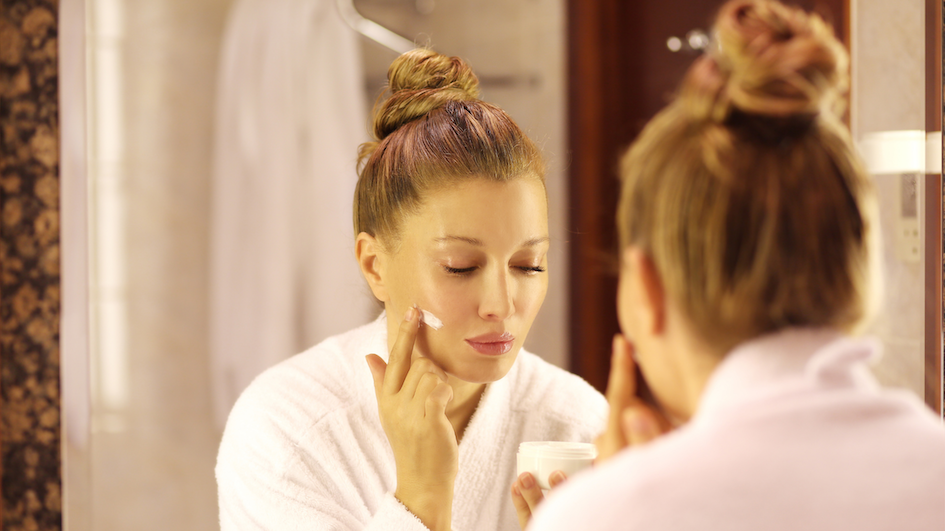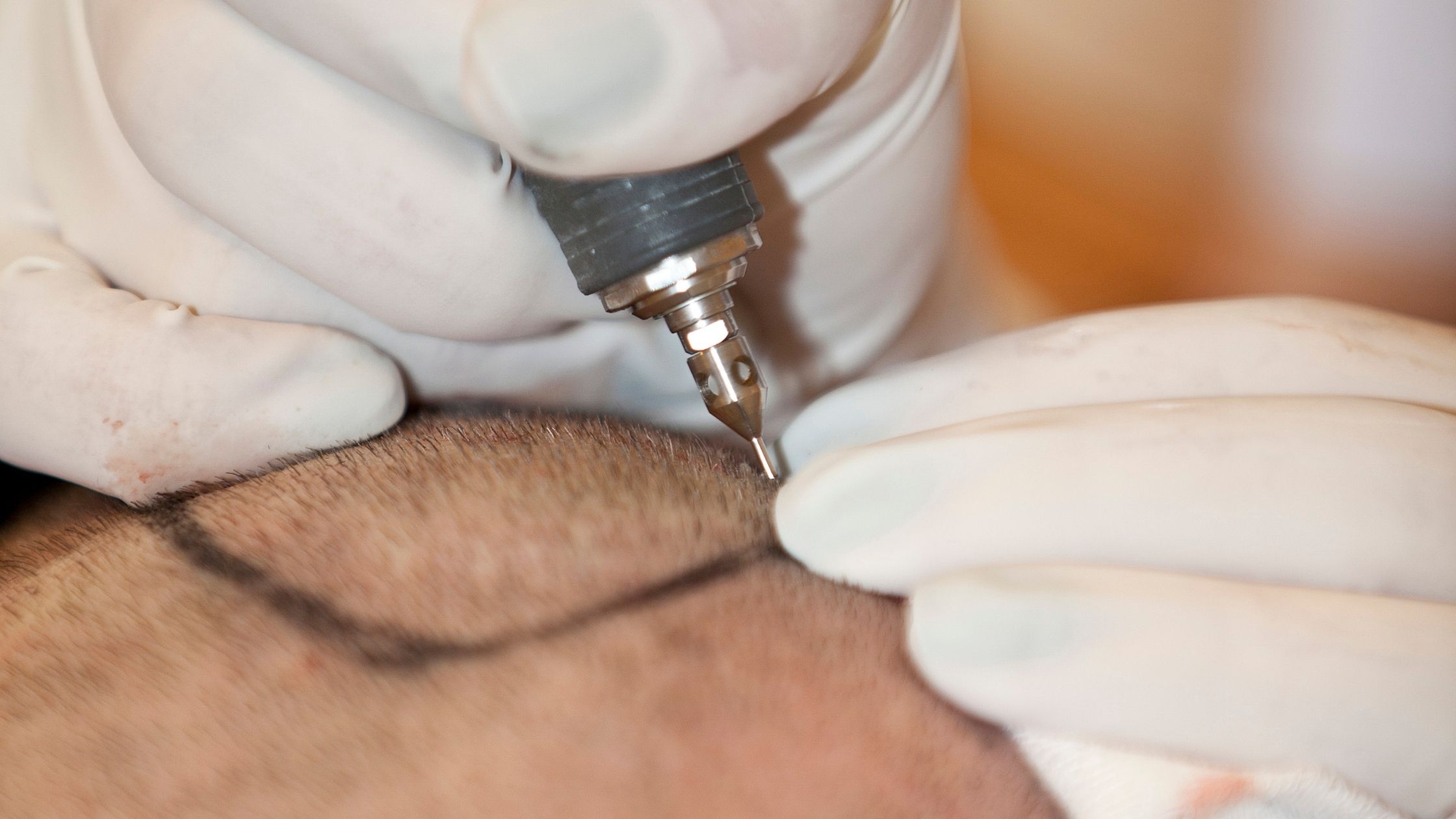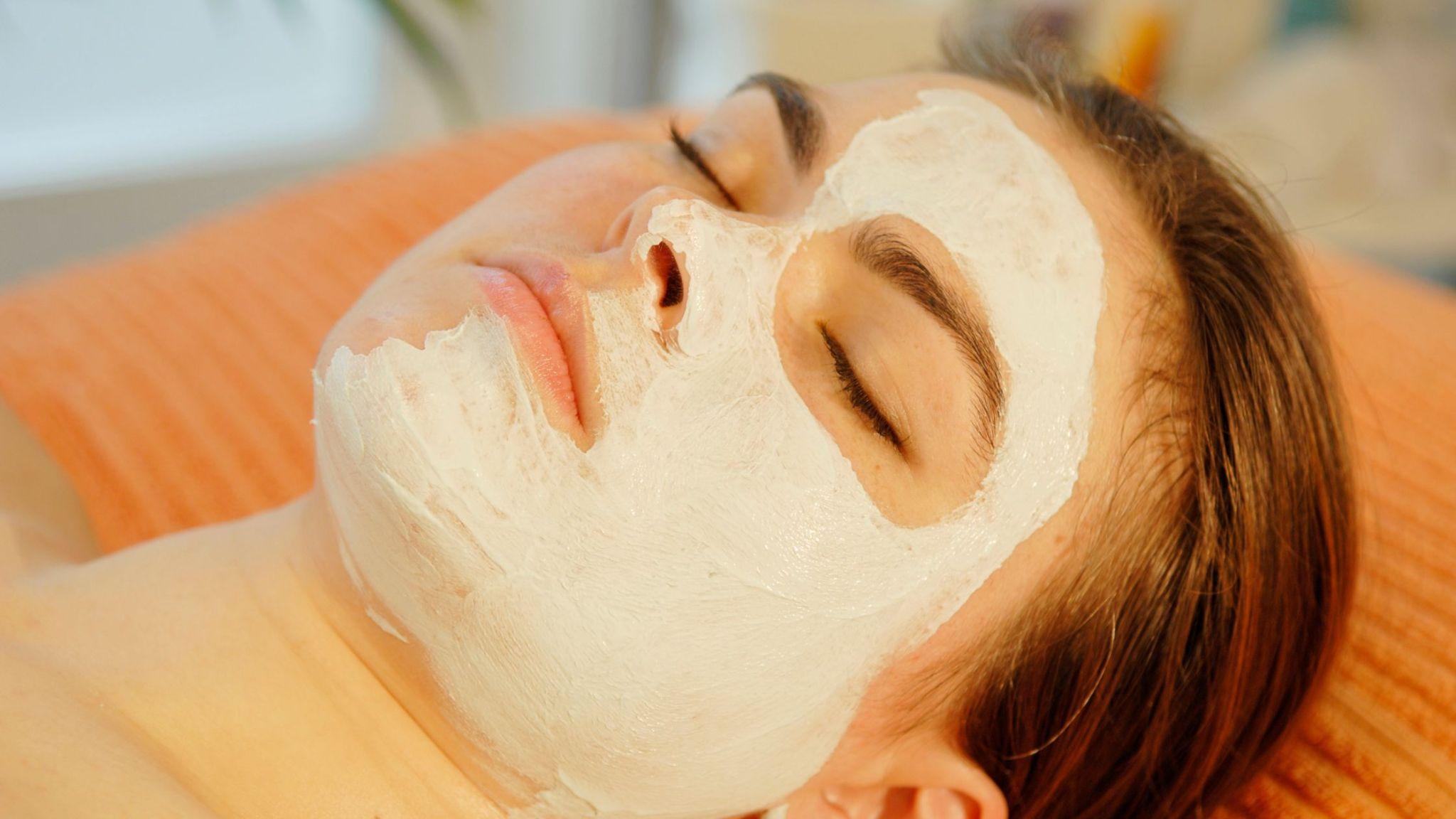“As issues with the skin are so outwardly visible to others, it is not surprising that those who suffer may also feel embarrassment and psychological distress”
– Dr. Anjali Mahto, British Skin Foundation spokesperson.
Low self-confidence, anxiety, depression are direct consequences of poor skin. This has led to the rise of several cosmetic treatments to bring back their self-esteem. One such really popular treatment is Botox, which is also one of the most performed cosmetic procedures in the United States.
Botox is widely used to treat various skin conditions. But it is primarily aimed at people who are looking to get rid of aging signs and related skin issues. Let us dive a little deeper and understand what botox is in detail and how it is useful.
What is Botox, and what is it made up of?
Botox is a neurotoxic protein and is short for Botulinum Toxin. This toxin is produced by the bacterium Clostridium Botulinum. Totally, there are 7 types of botulinum toxin named from A to G. New types of this toxin are also found once in a while. The first two types (A & B) are used medically and commercially. The other types of botulinum are less commonly found and not used for medical purposes. However, even some botulinum toxins can be the cause of various diseases in humans and animals. The E & F type can cause disease in humans while the other ones can cause diseases in animals.
One can naturally get infected from botulinum toxin by ingesting formed toxins in food or via intestinal infection, or through a wound. But it is safe for humans if taken in small doses.
The commercial forms of this toxin are usually marketed in the names of Botox, Dysport, Jeuveau, Xeomin. The botulinum toxin is also present in natural settings like lakes, forests, soil, and intestinal tracts of fish and mammals.
How is Botox used in cosmetic treatments?
Cosmetic surgeons and dermatologists use botox to help patients get rid of age-related skin problems such as crow’s feet, fine lines, wrinkles, etc. Botox is a cosmetic wrinkle muscle relaxer that is injected into the skin to relax or paralyze muscles. The botox used in cosmetic treatment is botulinum toxin type A. To be more specific – OnabotulinumtoxinA. This is primarily used to reduce facial wrinkles. Botox treatment for face is minimally invasive and doesn’t involve any form of surgery. Here’s a short history of using botox for medical purposes –
- Botox was approved to use by the FDA for medical purposes in 1989. It was used in the treatment of eye muscle problems and blepharospasm in the initial days.
- For cosmetic treatments, Botox was FDA approved in 2002. The approval was given for treating moderate to severe frown lines between the eyebrows.
- In 2013 FDA approved botox to be used for treating crow’s feet (wrinkles around the corners of the eye).

Preparation for Botox Treatment
Botox treatments are usually performed in-clinic as it doesn’t involve any surgery. The treatment only requires minimal preparation. From your part, you should make sure to inform your dermatologist about your medical history, medical conditions, and allergies before the treatment.
When you choose a dermatologist or a cosmetic surgeon be sure to check their experience and background. The first thing to check is if they are a licensed physician.
Before the treatment, you need to wash your face to remove all the makeup and thoroughly clean the area that is to be treated to be free from any impurities, blocks, and dirt. You should also stop taking any blood-thinning medications like aspirin as it would increase the risk of bruising.
How does Botox work on the skin?
As you already know by now, Botox is a neurotoxin. It blocks the nerve signal process that is responsible for stimulating muscle contractions. This drug only causes temporary paralysis to the muscles and not permanent changes.
Whenever a muscle contracts, the nerves tend to release acetylcholine, a chemical messenger at the junction where nerve endings and muscle cells meet. Acetylcholine would attach to the receptors in the muscle cells, which would contract or shorten the muscle cells. In summary, the botox injections act by preventing the release of Acetylcholine; this way, muscle cells won’t be able to contract, and the muscles would become less stiff.
How is the Botox Procedure Done?
The entire botox procedure takes only a few minutes. There is no need for anesthesia in the treatment. Here are the different steps –
- Firstly the area that is to be treated is washed and dried, and then the area is cleansed with a non-alcoholic cleanser.
- If the patient requests, doctors can apply topical anesthetic cream onto the skin that is to be treated to dull the sensations. Most choose not to take any anesthesia.
- The Botox received from the manufacturer is usually in crystal form. So it is powdered and diluted in the saline. This mixture is taken in a syringe.
- If the topical anesthesia was used, the ointment would be gently removed, and an ice pack would be applied in the area for a few seconds. The area is then cleansed with antiseptics.
- The dermatologist would then use these small needles to inject a small amount of botox into the muscles or skin.
- It would take 2-3 days for the effect to start and full results are seen after a week of the treatment.
When can Botox be used?
Here are the different issues that can be treated by botox –
Wrinkles: Botox removes wrinkles temporarily by paralyzing the muscles. It can also be used to treat certain muscular conditions. Botox blocks the nerve impulse to the tissues when injected into the muscles. This way, the facial muscles that cause wrinkles like crow’s feet, frown lines, and forehead muscles are relaxed.
Frown lines: These occur in the glabellar region (the area between the eyebrows). Botox can treat moderate to severe frown lines.
Crow’s Feet: These are lines that are formed around the eyes.
Forehead lines: These horizontal creases are formed at the forehead, which can be relaxed using botox treatment.

Eye Twitching: Botox treatment is FDA approved to treat eye muscle problems. The treatment would relax muscles around the eyes and relieve twitching.
Excessive Sweating: The pores in your skin release sweat from the glands. For some people, too much sweat is released. This can be treated by using botox as it blocks the pores and paralyzes the overactive sweat glands.
Bladder: For some people, the urine is ejected in an uncontrolled fashion. Botox injection can restrict the speed of urethra eject time and bladder rate of constriction, thus improving the condition.
Muscle contraction: Some neurological conditions like cerebral palsy, which causes your limbs to pull in towards your center, can be treated using Botox injections.
Migraine: The main reason for migraine or headaches is the stress accumulated in the shoulder or neck regions. Botox injections can help the muscles in these regions to relax, which, in turn, reduces migraine. If you are someone who gets headaches frequently for more than two weeks a month, then this would be a very effective treatment for you.
Other conditions that can be treated by botox
- Cobblestone skin on the chin
- Strabismus – eyes that point in different directions
- Alopecia
- Psoriasis
- Dysfunction of the anal muscle
- Pain and discomfort in the vagina without a clear cause
- An issue with the throat that makes swallowing difficult
- Producing too much saliva
- Dyshidrotic Eczema
- Post-herpetic neuralgia
- Raynaud’s Disease
- Facial redness
- Inflammatory skin disease (Hidradenitis Suppurativa)
- Blistering regions due to Hailey Hailey disease
- Scars and keloids from wound healing.
What to expect after the treatment?
Immediately after the treatment, you might feel slight discomfort in the treated area. So avoid applying pressure, massaging, or rubbing the area as this can transfer the botox solution to other parts of the body and negatively impact your health. If you are injected between the brows, then do not lie down or bend over for three to four hours as it can make the botox slip under the orbital rim, leading to an eyelid droop.
There is usually no downtime after the treatment. You can continue your day immediately after the treatment.
And remember, the effect of botox won’t last forever; it would typically last for four to six months. To maintain the results, you need to get additional botox injections at regular intervals.
To have long-lasting results, you should avoid –
- Exposure to direct sunlight
- Alcohol
- Tobacco
- Sleeping on the treated side
- Usage of beauty products like creams and solutions for a few days
Side effects of Botox skin treatment
Side effects in botox skin treatment are usually uncommon. If an unlicensed or inexperienced doctor performs the treatment, there could be some side effects. In extremely rare circumstances, these can be life-threatening or permanent. Some of the side effects can include –
- Dry Eye
- Numbness
- Headache
- Temporary weakness or paralysis in the nearby muscles
- Worsening neuromuscular disorder
- Mild pain
- Bruising around the treated area
- Swelling
- Temporary eyelid drooping
- Urinary problem after treatment for urinary incontinence
- Double vision or Spatial disorientation after treatment for strabismus
- Muscles Spasms
There are a few rare cases where the treatment becomes ineffective. This is mainly found in those people who frequently get botox injections as the body would start building antibodies to the toxin, thus making the treatment ineffective.
Who should avoid Botox treatment?
The botox treatment can be availed by anyone from the age of 18 to 65. People should generally avoid botox if they have –
- Weakness in forehead muscles
- Plans to undergo a surgery
- Skin infection in the treated area
- Drooping eyelids
- Asthma
- Recently had a facial surgery
People who have a neurological disease or are pregnant, breastfeeding, should also avoid Botox treatment.
Closing Thoughts
Botox treatment is minimally invasive and a totally safe procedure. It is FDA approved to treat fine lines and wrinkles around the eyes and forehead. When choosing a dermatologist or a cosmetic surgeon, make sure to check the license and their expertise as it can help you get the treatment with no side effects.. To book a botox treatment with us, click here.












